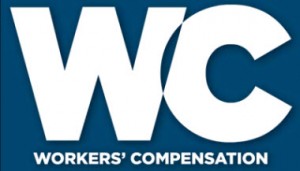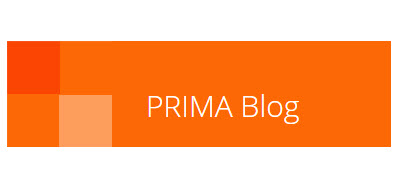In The News
Opportunities for Treatment Guidelines
Mark Walls, Vice President of Communications & Strategic Analysis, co-authored this article on Insurance Thought Leadership from a previous Out Front Ideas with Kimberly and Mark webinar. The article stresses that understanding a jurisdiction’s strengths and shortcomings, taking a strategic approach to developing treatment guidelines, and following some common-sense tips…
2017 Issues to Watch in Workers’ Comp
Mark Walls and Kimberly George discuss their thoughts on 20 issues that the workers’ compensation industry should have on their radar for 2017 with Insurance Thought Leadership. These issues include the impact of the election, OSHA, rates and premiums and long-tail exposures to name a few. Click here to…
New Captive Services Line Hits the Market
In order to boost its product offering and provide clients across the country with a wide range of options, Safety National recently launched its latest line: captive services. To find out more about the product, its role in the modern market and why alternative risk services are so important, Insurance…
Time to Rethink Workers Compensation?
The landscape of workplace risks has experienced extreme change over the past 50 years. Experts believe that now is the time redesign workers’ compensation so that it reflects current workforce risks and is adaptable to advances in medicine and science. Industry leaders are starting to question whether the current structure…
Making the Most of the Relationship with Your Excess Carrier
Your excess workers’ compensation carrier can be a huge ally when it comes to management. The primary role of an excess carrier is to reimburse insureds for workers’ compensation benefits paid above a self-insured retention (SIR). Stephen Peacock discusses how to make the most of your relationship with your excess…
First Responder Exposure to Violence
When risk managers with emergency service personnel (firefighters and emergency medical technicians) on the payroll read through descriptions of their losses, they may find phrases such as “employee struck by patient on head, employee was hit on the arm during a struggle with patient, or employee was punched in the…
Opt-Out Movement Stalls: For Now
Participation in a state workers’ compensation plan was mandatory in every state except Texas until 2013, when Oklahoma passed legislation allowing alternatives to the mandated state system. The Employee Injury Benefit Act allowed private sector employers to create individual — but equal — plans. Mark Walls, Vice President Communications &…
The High Risk of First Responder Patient Handling
EMS and Fire Rescue is, by definition, a high-risk profession. Patients are generally getting larger, while the profession is challenged to stay physically fit. The long hours and volume of calls in some urban areas can be overwhelming for understaffed EMS districts. The profession’s educational focus on dealing with combative…
Your Mobile Workforce is Driving Up Your Exposure
Public entities have a high volume of drivers on the road. Not only do we have to guard against employees driving distracted, but we also have to consider that the general public could be distracted when driving through our work areas. Matt McDonough, Senior Risk Control Manager, explains the various…






